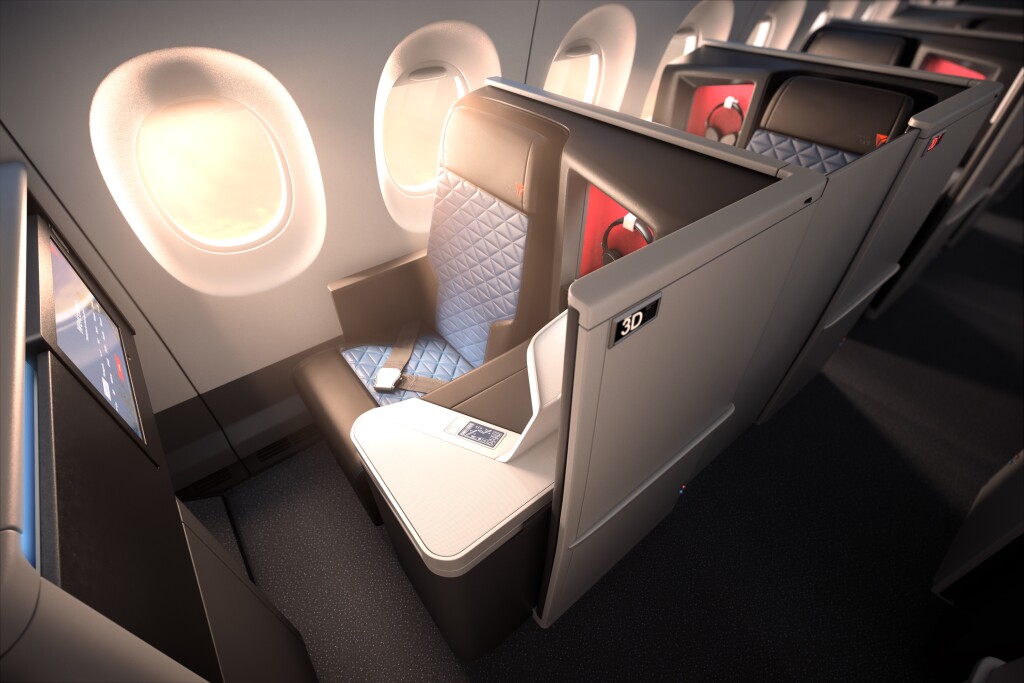Nonstop Flights vs. Layovers: Which Travel Option Is Better?

In an era where nonstop flights are becoming increasingly common, travelers face a dilemma: endure the marathon hours of a single flight or opt for the convenience of layovers. Singapore Airlines, for instance, offers two of the world’s longest flights between Singapore and New York City, each lasting nearly 19 hours and covering over 9,500 miles. Air India’s 18-hour journey from San Francisco to Bangalore further exemplifies this trend. Domestically, Hawaiian Airlines operates an 11-hour nonstop service between Boston and Honolulu, setting records for U.S. flights.
For many, the allure of nonstop flights lies in their convenience. Frequent travelers, such as author and professor Michael Meyer, often prefer these extended flights to avoid the complications of layovers. Meyer, who frequently travels between the U.S. and Asia, divides his journey into manageable segments: reading, sleeping, and watching movies. This strategy transforms the lengthy flight into a series of shorter, more enjoyable experiences. Nicola Farinetti, chairman of Eataly, also prefers nonstop flights for their ability to keep him on schedule and reduce stress.
Singapore-based TV executive Alysha Chopra, accustomed to long-haul flights to destinations like Sydney, the U.S., and Europe, agrees that fewer, longer flights are preferable. She notes, “Long-haul flights are tiring, but I’d much rather get there sooner than stop somewhere.”
Despite the benefits, nonstop flights come with significant challenges. Health risks are a major concern, according to Sheryl Hill, founder of Depart Smart. “Flying at high altitudes involves thinner oxygen, more air pressure, and less humidity,” she explains. To mitigate these risks, Hill advises travelers to maintain a strong immune system, stay hydrated, use disinfectant wipes, and get flu shots. For those with specific health concerns, such as a risk for blood clots, shorter flights may be a safer option.
Seat location also impacts the long-haul experience. George Morgan-Grenville, CEO of luxury travel company Red Savannah, prefers traveling in the front of the plane, where stretching and movement are easier. In contrast, Sangeeta Sadarangani, CEO of Crossing Travel, opts for flights with stopovers to stretch her legs, work, and enjoy better amenities on the ground.
To address the challenges of long-haul flights, airlines are implementing innovative solutions to enhance passenger comfort. Singapore Airlines operates its ultra-long-haul flights on Airbus A350-900ULRs, which feature higher ceilings, larger windows, and jet-lag-reducing lighting. The cabin is pressurized to a lower altitude, and the air is refreshed every two minutes with a HEPA airflow system. Passengers can also access guided stretching exercises and nutrition-focused menus developed in collaboration with wellness brand Golden Door.
Similarly, United and Qantas utilize Boeing 787-9 Dreamliners for their extended flights. These aircraft offer improved ventilation systems, larger windows, and cabins pressurized to lower altitudes.
As technology advances, the trend of longer nonstop flights is likely to continue. John Grant of MIDAS Aviation notes that these flights combine time savings with convenience but also stretch the limits of passenger service and in-flight innovations. Whether you prefer the convenience of nonstop flights or the flexibility of layovers, the evolution of air travel is reshaping how we experience long-distance journeys.
When planning a trip, one key question often arises: should you book a long nonstop flight or choose a route with layovers? Both options have their benefits and drawbacks depending on your schedule, budget, comfort, and health preferences. Here’s what to consider when deciding between nonstop and layover flights.
Nonstop Flights: Speed and Simplicity
Pros:
- Faster travel time: You go from point A to B with no intermediate stops.
- Less hassle: Fewer boarding procedures, security checks, and chances of missed connections.
- Lower risk of lost luggage: Your baggage stays on the same plane.
Cons:
- More expensive: Nonstop flights typically come at a premium, especially on long-haul international routes.
- Fewer choices: Not all cities are connected by nonstop routes, limiting flexibility.
- More exhausting in one stretch: Sitting for 10–15 hours straight can be physically and mentally draining.
Layovers: Flexibility and Cost Savings
Pros:
- Cheaper fares: Flights with layovers are often significantly less expensive.
- Breaks up the journey: Stretch your legs, grab food, and recharge at the airport.
- Opportunity to explore: With long enough layovers, you can visit a second city at no extra airfare cost.
Cons:
- Longer total travel time: Layovers can add hours—or even a day—to your journey.
- Increased risk of delays or missed connections
- More tiring logistics: Multiple takeoffs, landings, and airport transfers.
So, Which Is Better?
Choose nonstop if you value speed, comfort, and convenience—ideal for business trips, tight schedules, or travel with kids. Opt for layovers if you’re budget-conscious, enjoy exploring, or want to split a long journey into shorter legs.
Pro Tip: Always weigh the total travel time, fare difference, and personal tolerance for long flights when making your decision.
Related News: https://airguide.info/category/magazineonline/airlines/airline-in-flight-services/
Sources: AirGuide Business airguide.info, bing.com, Michael Meyer
